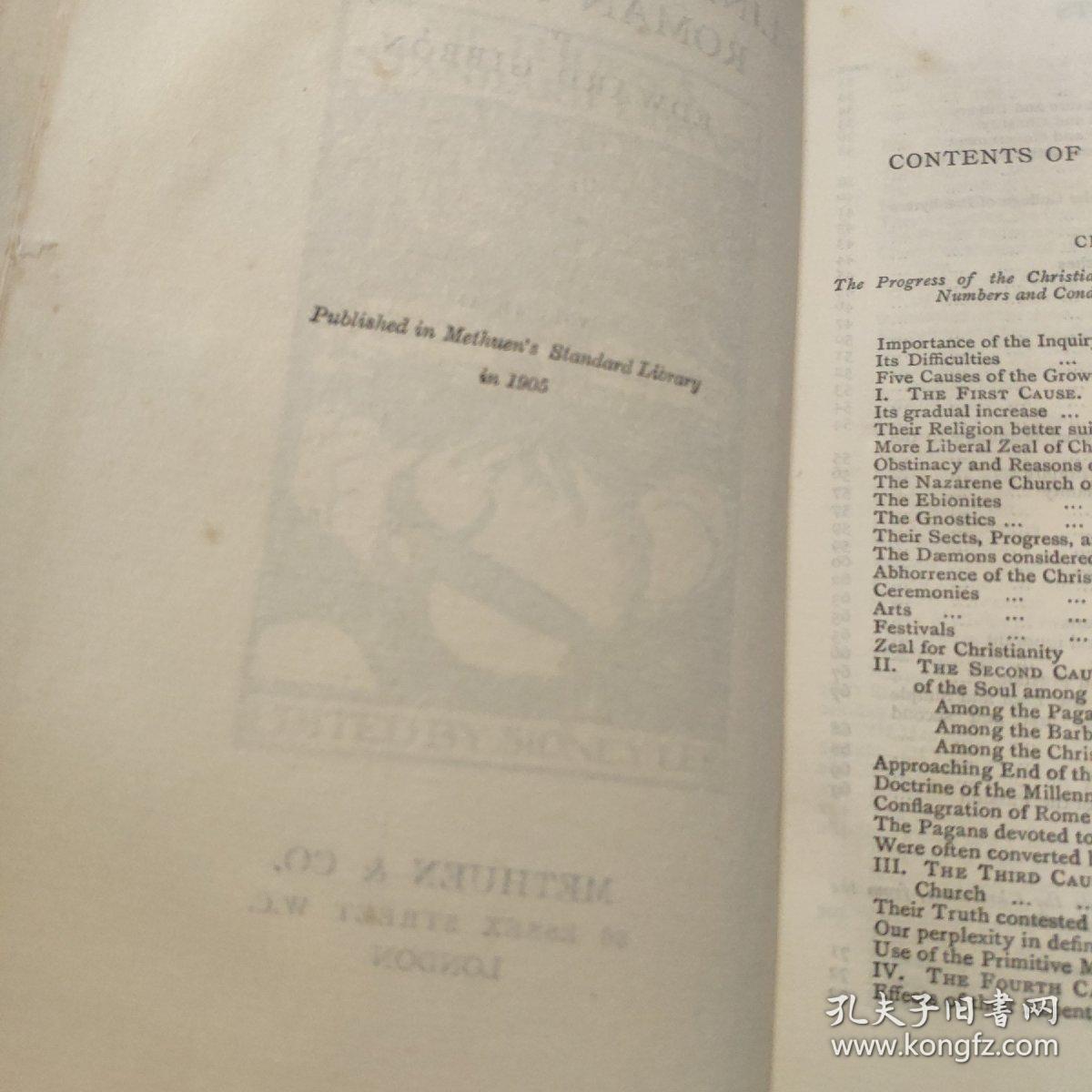The History and Technology of Down Jacket Lining
Down jacket lining is a critical component of down jackets, providing warmth and comfort to wearers. This article explores the history and technology behind down jacket lining, examining how it has evolved over time to become the highly efficient and essential garment layer it is today. We'll explore the origins of down jacket lining, the materials used in its construction, and the innovations that have been made to enhance its performance. By understanding the history and technology of down jacket lining, we can appreciate its role in keeping us warm in colder weather.
Down jackets have become a popular choice for cold-weather clothing, offering warmth and comfort in a lightweight package. One of the essential components of a down jacket is its lining, known as the "胆布" in Chinese. This lining serves as a barrier between the wearer and the outside elements, providing extra warmth and protection from the cold.
The history of down jackets and their linings dates back to the early 20th century. Originally designed for military use, these jackets were later adapted for civilian wear due to their exceptional warmth and durability. As technology advanced, so did the materials used in down jackets, including their linings. Today, modern down jackets are equipped with state-of-the-art lining materials that offer superior performance and comfort.
The primary function of the down jacket lining is to provide warmth and insulation. It is made from a thin layer of material that traps air bubbles, creating a layer of insulation between the wearer and the outside air. This layer not only keeps the wearer warm but also blocks out wind and moisture, creating a barrier against the elements.
The material used in down jacket linings has evolved over time. Early linings were made from natural fibers such as cotton or wool, which provided good insulation but were bulky and not very durable. Later, synthetic materials such as polyester and nylon were introduced, offering better performance and durability while remaining lightweight. Today, many down jacket linings are made from a combination of natural and synthetic materials, offering the best of both worlds in terms of performance and comfort.

In addition to providing warmth and insulation, down jacket linings also serve as a barrier against moisture. Many linings are treated with water-repellent chemicals to make them moisture-proof, which is essential in wet weather conditions. Some high-end down jackets even have waterproof linings that keep the wearer dry even in heavy rain or snowfall.
Another important aspect of down jacket linings is their ability to wick away moisture from the wearer's body. This feature allows the lining to absorb sweat produced by the body, keeping it from soaking into the main fabric of the down jacket. This process also helps to keep the wearer comfortable by preventing overheating due to excessive sweating.

The technology behind down jacket linings has come a long way in recent years. Many manufacturers have invested in research and development to create innovative materials that offer superior performance and comfort. For example, some linings are now made from phase-change materials that can absorb and release heat as needed, providing an additional layer of temperature regulation for the wearer. Other linings have been designed with antibacterial treatments to prevent odor build-up from bacteria growth on the surface of the material.
In conclusion, down jacket linings have evolved significantly over time due to advancements in technology and material science. Today's linings offer superior performance and comfort while remaining lightweight and durable enough to withstand the rigors of outdoor use. From providing warmth and insulation to blocking moisture and wicking away sweat, these linings play a crucial role in making down jackets an essential part of cold-weather clothing for many people worldwide.

Articles related to the knowledge points of this article:
The Use of Feather Fillings in Modern Clothing
How to Tie a Long Scarf: A Step-by-Step Guide with Video Explanations
The Majestic allure of the Great Scarf: An Exploration of its Cultural Significance and Versatility
Title: Unraveling the Enigma of Ladies Silk Scarves: A Comprehensive Guide to Top Brands
Light Blue Down Jacket: A Winter Essential for Fashion and Comfort
Title: Mastering the Art of Tie-dye Scarves: Various Ways to Tie a Scarf



